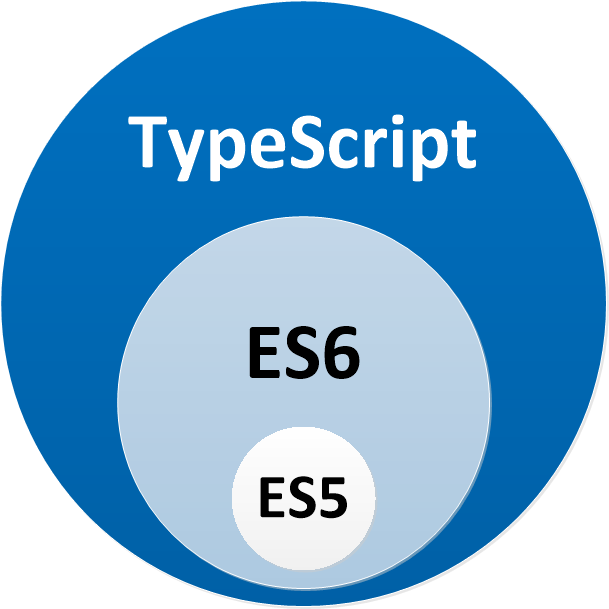Hapiness is a web framework based on HapiJS and enhanced with Dependency Injection, strong modularisation and decorators.
It provides a real enhancement for building web servers and it enables to build modules, services, etc. quickly.
It has a stable and tested dependency injection system thanks to Angular.
Better development experience with typings, maintainability, improvement of productivity and a common project structure.
Everything in a single uniform framework.
- Technologies
- Using Hapiness to create a web server and services
- Contributing
- Change History
- Maintainers
- License
- HapiJS
Hapienables developers to focus on writing reusable application logic instead of spending time building infrastructure.
- Joi
- Object schema description language and validator for JavaScript objects.
- Boom
- HTTP-friendly error objects
- Good
Goodis aHapiplugin to monitor and report on a variety ofHapiserver events as well as ops information from the host machine.
- Typescript
TypeScriptis a typed superset of JavaScript that compiles to plain JavaScript.
- RxJS
RxJSis a set of libraries for composing asynchronous and event-based programs using observable sequences and fluent query operators.
All those technologies are Typescript ready. It will help to build web servers and maintain them easier.
$ npm install --save @hapiness/core rxjs
or
$ yarn add @hapiness/core rxjs"dependencies": {
"@hapiness/core": "^1.5.0",
//...
}
//...Actually, we're in : v1.5.0
See API Reference to know what's already implemented.
To set up your development environment:
- clone the repo to your workspace,
- in the shell
cdto the main folder, - hit
npm or yarn install, - run
npm or yarn run test.- It will lint the code and execute all tests.
- The test coverage report can be viewed from
./coverage/lcov-report/index.html.
- v1.6.0 (2018-11-27)
- Request in DI: Add request reference inside route DI
- v1.5.5 (2018-10-15)
- Boostrap fix: Exit the process if it fails
- v1.5.4 (2018-06-19)
- WebSocketServer: add sec-websocket-protocol in response
- v1.5.3 (2018-05-29)
- HttpRequestInfo types
- Add credentials
- v1.5.2 (2018-05-09)
- Shutdown all extensions if one failed in bootstrap
- v1.5.1 (2018-04-06)
- Allow to import many time the same modules if it has no routes inside
- v1.5.0 (2018-03-27)
- EventManager Extension
- Documentation
- v1.4.0 (2018-03-26)
- Extensions: add timeout
- Extensions: shutdown
- Latest packages' versions
- Documentation
- v1.3.1 (2018-02-27)
- Keep request in the Socket instance
- Update dependencies
- v1.3.0 (2017-11-30)
- Option that allow WS Server Ext to share Http Server Ext port
- Handle HapiJS connections system to listen multiple ports
- Documentation
- v1.2.2 (2017-11-20)
- Export
createDecorator(),extractMetadata(),extractMetadataByDecorator,errorHandler()methods andDependencyInjectionclass - Documentation
- Export
- v1.2.0 (2017-11-18)
- Http Handler, Observable can set headers
- Use
injection-jsfromnpm - Change build system
- Latest packages' versions
- Fix tests related to latest
mochaversion - Documentation
- v1.1.1 (2017-10-22)
- Build in
commonjs - Latest packages' versions
- Documentation
- Build in
- v1.1.0 (2017-10-16)
WebsocketServer: Secure configuration- Documentation
- v1.0.0 (2017-10-05)
- Publish all features of API
- First stable version
| Julien Fauville | Antoine Gomez | Sébastien Ritz | Nicolas Jessel | Tara Lerias |
Copyright (c) 2017 Hapiness Licensed under the MIT license.

